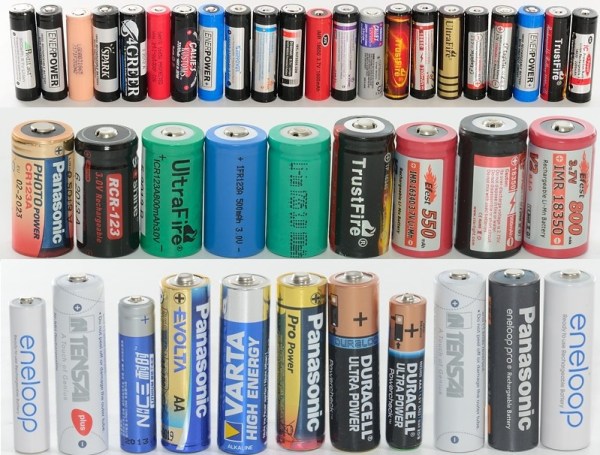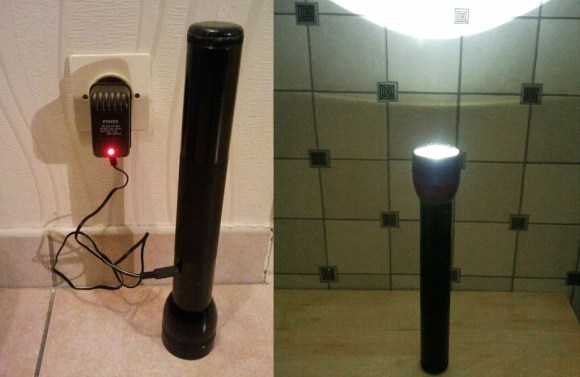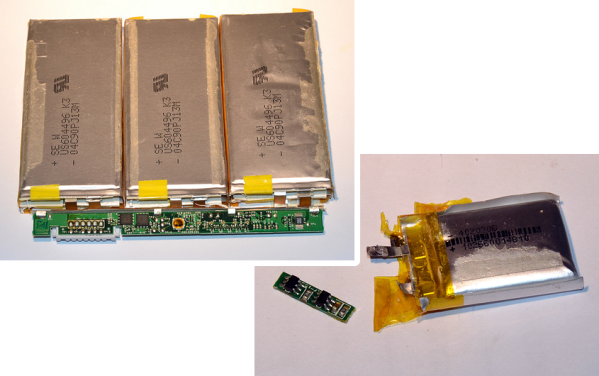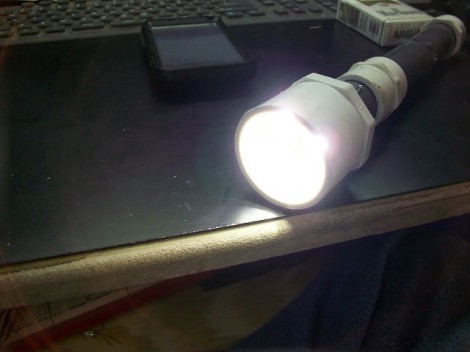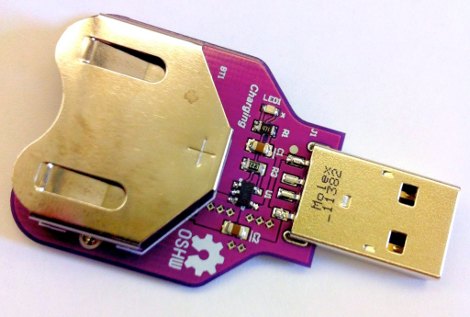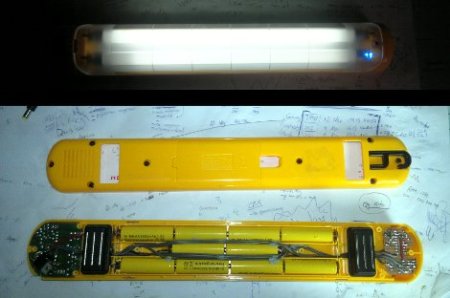There are a number of resources scattered across the Internet that provide detailed breakdowns of common products, such as batteries, but we haven’t seen anything quite as impressive as this site. It’s an overwhelming presentation of data that addresses batteries of all types, including 18650’s (and others close in size), 26650’s, and more chargers than you can shake a LiPo at. It’s an amazing site with pictures of the product both assembled and disassembled, graphs for charge and discharge rates, comparisons for different chemistries, and even some thermal images to illustrate how the chargers deal with heat dissipation.
Check out the review for the SysMax Intellicharger i4 to see a typical example. If you make it to the bottom of that novel-length repository of information, you’ll see that each entry includes a link to the methodology used for testing these chargers.
But wait, there’s more! You can also find equally thorough reviews of flashlights, USB chargers, LED drivers, and a few miscellaneous overviews of the equipment used for these tests.
[Thanks TM]

